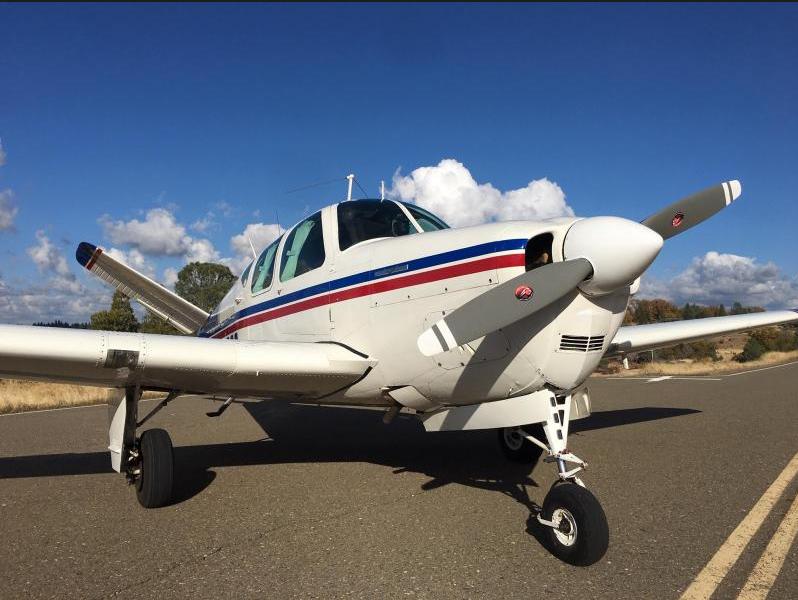The dream of flying in sleek, zero-emissions electric passenger planes—the kind that don’t leave a trail of exhaust fumes in their wake—sounds almost too good to be true. For now, it still is. While the concept of guilt-free flying is undeniably exciting, practical, fully-electric planes capable of carrying passengers safely and reliably are still a work in progress.
It’s an appealing vision: Imagine boarding a next-gen electric aircraft that looks like it was designed by Elon Musk himself, complete with cutting-edge tech, a silent motor, and zero carbon emissions. A Tesla of the skies, if you will. It’s the kind of aircraft that would make gas-powered planes seem like noisy relics of a polluted past. Unfortunately, we’re not quite there yet.
Though the buzz around electric flight may seem like a recent phenomenon, the idea has been around for decades. Back in 1951, for instance, the 35C Bonanza flirted with electrification. This quirky aircraft could run partially on electric power, making it one of the earliest hybrids in aviation history. The catch? It was also notoriously unreliable. Pilots could be enjoying a peaceful cruise one moment and facing sudden engine failure the next, all because of some unpredictable glitch in the system.
That’s the thing about early electric planes—they didn’t inspire the same level of trust as their fossil-fueled counterparts. With traditional combustion engines, there’s at least the reassuring roar of something powerful and mechanical at work. In contrast, early electric engines, especially ones still in experimental phases, felt fragile and sometimes a little too quiet for comfort.
Of course, gas engines can fail too, but decades of development have refined them into remarkably reliable machines. Electric propulsion for airplanes hasn’t had the same timeline—yet. The reliability gap matters, especially when you’re thousands of feet in the air and trusting technology with your life.
Still, none of this means electric passenger planes aren’t possible. Far from it. Aviation giants, startups, and environmental visionaries alike are investing heavily in the research and development of electric aircraft. There’s plenty of motivation: traditional aircraft are major contributors to carbon emissions, and sustainable aviation is quickly becoming a priority.
But electric flight faces unique engineering challenges. Unlike ground-based electric vehicles, planes can’t afford to carry massive battery packs that weigh them down. Every extra pound reduces range and increases the energy needed to stay airborne. And the safety requirements are on another level entirely—what might be a minor failure in a car could be catastrophic in an aircraft.
The good news? Progress is happening. Short-range electric commuter aircraft, two-seaters, and hybrid-electric prototypes are already flying test routes. And once larger, fully certified electric aircraft become viable, private air charter companies like Flex Air will be among the first to embrace them. Eco-conscious travelers are eager for cleaner air travel alternatives, and charter aviation is uniquely positioned to lead that shift.
Until then, though, jet fuel remains the necessary evil of modern flight. The aviation industry continues to explore carbon offset programs, sustainable aviation fuels (SAF), and operational efficiencies to reduce its environmental footprint while the technology for electric passenger planes catches up.
In the meantime, we should remain cautiously optimistic. Electric aviation will likely arrive in stages—first with short-haul commuter routes and cargo transport, followed by regional flights, and eventually, cross-country or even transatlantic journeys. Just as the automotive industry needed time to perfect electric vehicles, the aviation world must be given room to innovate safely.
So yes, the future of guilt-free flying is probably just around the corner. But let’s make sure we get it right—because when it comes to soaring above the clouds, there’s no room for shortcuts.
Photo Credit: aircraftdealer.com

